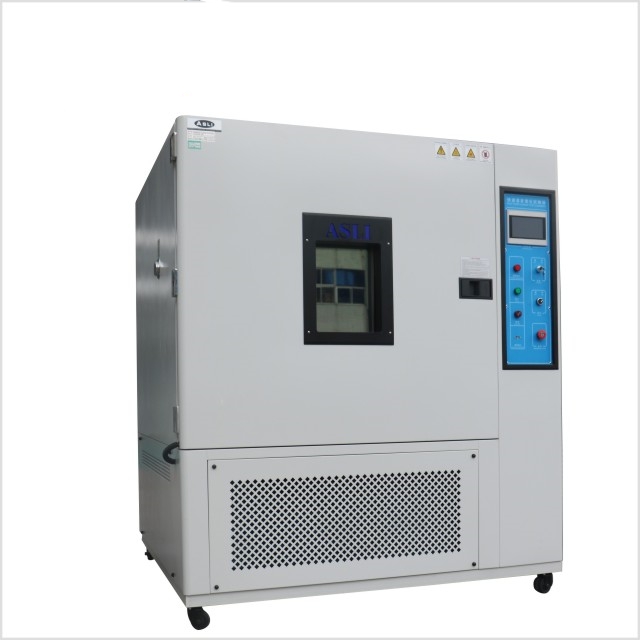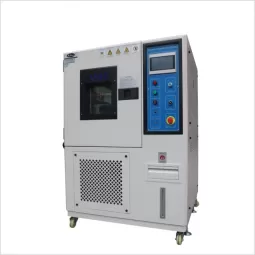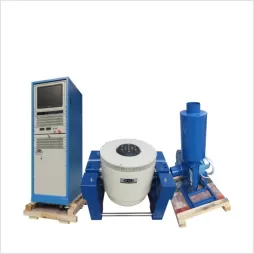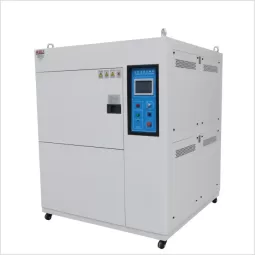Can Your Environmental Chamber Handle Rapid Ramp Rates? Here's Why It Should
Ramp rate isn't just a spec—it's a stress factor
In temperature testing, ramp rate (the speed of temperature change per minute) is often overlooked. Yet, for industries like automotive electronics, aerospace, and semiconductors, a chamber’s ramp rate defines whether it can replicate real-world stress. A slow ramp can miss critical failure points; too fast, and you risk non-uniform exposure.
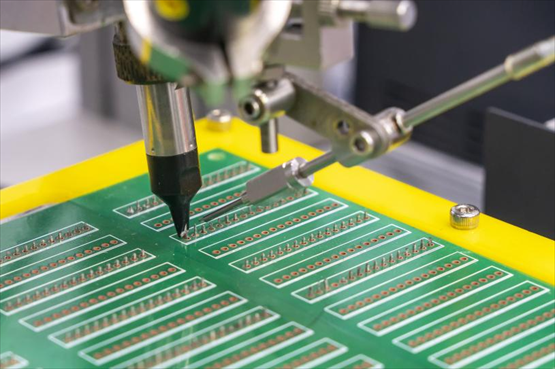
Why fast matters in real applications
Thermal shock tests (like IEC 60068-2-14) require rapid cycling between hot and cold zones—up to 20°C/min or more.
EV battery testing often simulates thermal runaway scenarios, where a fast ramp is essential to capture degradation trends.
PCB solder joint validation depends on precise, repeated ramps to identify fatigue cracks.
Without the correct ramp rate, tests become irrelevant.
The engineering behind fast ramp chambers
High-performance chambers must combine:
Powerful heating/cooling systems, often cascade refrigeration or LN2 injection
Sophisticated airflow control to avoid thermal gradients
Low thermal mass in internal fixtures to allow fast recovery
Simply increasing the compressor power doesn’t solve everything—airflow uniformity and heat exchanger design play a larger role.
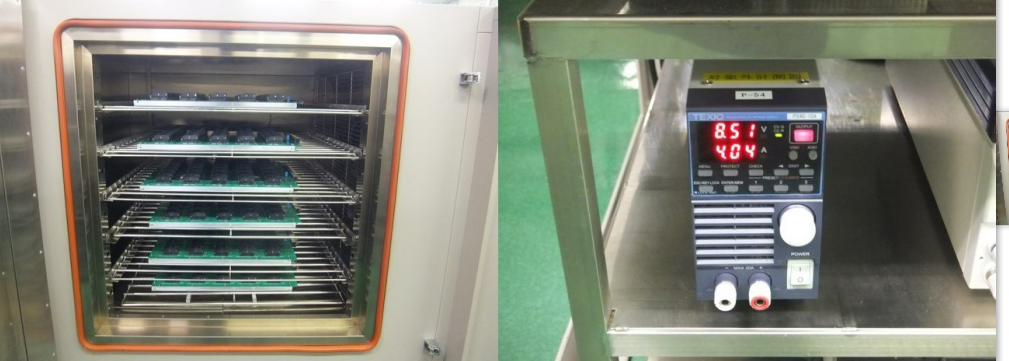
When ramp rate fails
We have seen common test failures tied to underperforming ramp systems:
Overstressed product corners due to uneven heat distribution
False pass results when products warm too slowly and don't experience real thermal load
Test standard non-compliance when profiles exceed allowed tolerance windows
In short: if the ramp rate is wrong, the test doesn't reflect reality.
Choosing the right ramp rate: more than “fast”
Fast isn't always better. Some standards (like JEDEC JESD22-A104) define specific tolerances for ramp time, not maximum speed. Too steep a ramp can induce thermal shock in a way the product never encounters in the field.
That's why test engineers must:
Know the thermal profile of the end-use scenario
Select chambers with programmable and controllable ramp rates
Validate the chamber's performance with real-time thermocouple feedback

Testing is simulation, not punishment
A good ramp rate isn't about pushing equipment to the edge—it's about replicating reality. Whether you're testing a lithium-ion module, an avionics component, or a medical device, if your chamber can't replicate the heat-up and cool-down profile your product faces, your results are just numbers on paper.
